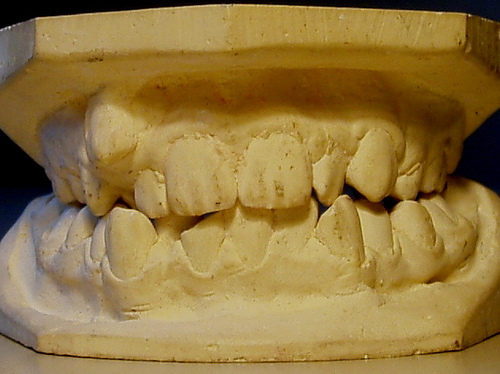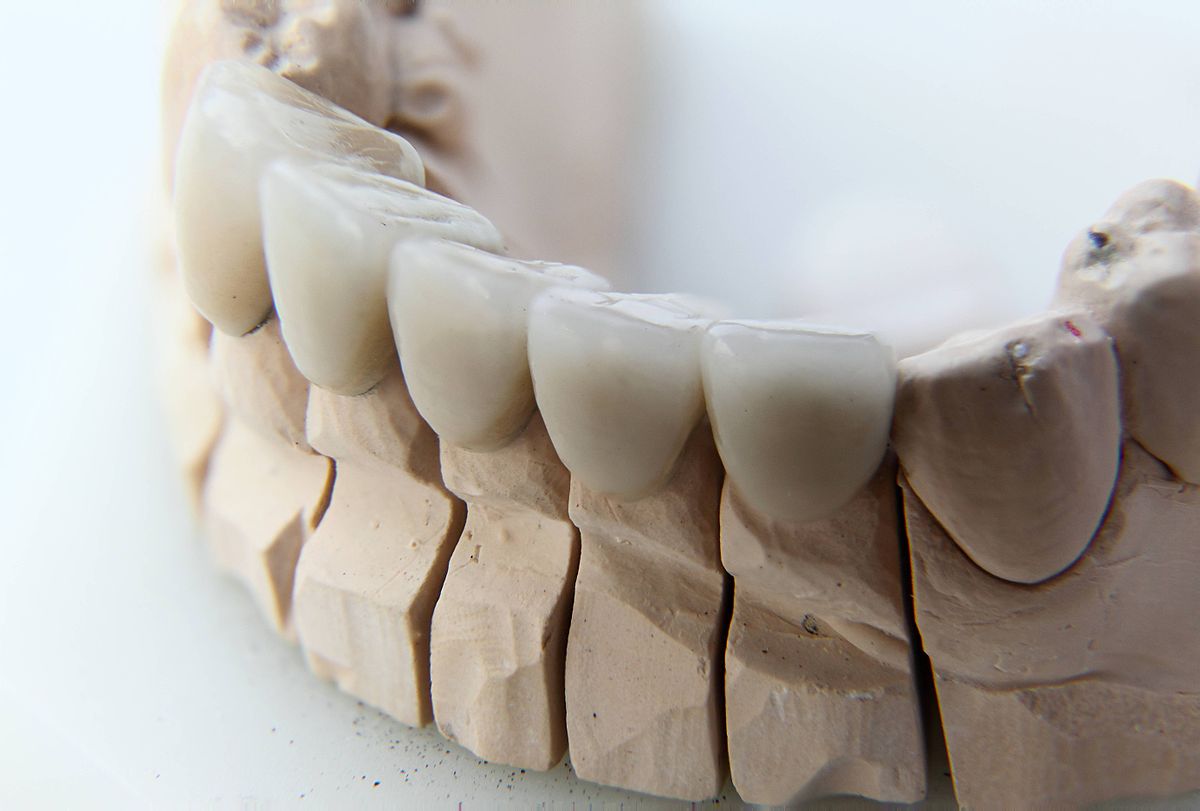Once you get a dental crown, you may think that your problem tooth is fixed forever. Unfortunately, that’s not always the case. Crowns can have issues that might require further dental work.
When a tooth needs to be restored, a dental crown is often the best solution. The crown encases the damaged tooth, making it look and work like the original. The most common use for a crown is to cap off a decayed tooth after a root canal procedure.
But a tooth doesn’t always need a root canal to get a crown. In addition to fixing tooth decay, crowns can help support a weak tooth, one that has to hold a large filling, or one that will hold a dental bridge. It can also top off a cracked or broken tooth or cover a misshapen or discolored tooth for cosmetic reasons.
What is a Dental Crown?
The procedure to fit a crown starts with preparing the tooth by removing decay and old fillings. A root canal procedure might be necessary to clean out infected root tissue. A temporary crown might be placed on the tooth until a permanent crown is made in a lab.
Dental crowns are formed from composite resin, porcelain, metal, or a combination of porcelain fused to metal. Using impressions of a patient’s teeth, they are made to look and feel just like an original tooth. When the lab is done constructing it, the dentist will remove the temporary crown and fit the permanent one, cementing it in place.
Crowns don’t last forever. On average, a dental crown lasts between 5 and 15 years. If they are damaged or if decay reinfects the tooth they will need to be replaced. Simple wear and tear can take a toll on the condition of a crown over time.
There are some instances when a root canal might not be done properly. In these cases, issues will usually appear much sooner than the five-year mark. A poorly done root canal can result in needing a dental crown replacement.
Is Something Wrong With My Dental Crown?
When you have a crown, there are several clues that can tell you that your crown might need a dentist’s attention. Experiencing these issues could indicate that your crown isn’t doing what it’s meant to do and you might need a replacement.
Pain and Sensitivity
When you have a crown placed on a tooth, it’s normal to experience some pain and sensitivity, especially to hot and cold. Over-the-counter pain relievers, topical analgesics, or toothpaste for sensitive teeth can help.
This discomfort usually eases in a day or two. If it lasts longer or gets worse, it’s time to call the dentist. There may be a chance that the crown isn’t completely covering the part of the tooth that was exposed by removing decay. A new, better fitting crown could solve the problem.
Or, the tooth might be more decayed than originally thought and in need of a root canal procedure. Either way, there is no reason to suffer long-lasting discomfort or increasing pain. Your dentist will be able to help.
Misaligned Bite

Once the numbness wears off after getting a crown, it might take a few days to get used to the way it feels when you bite and chew. Sometimes, though, it continues to feel uncomfortable—like the tooth doesn’t fit.
The lab may not have gotten the shape exactly right when they made the crown. Not only are issues with bite alignment uncomfortable, but they can also create serious problems with the teeth and the jaw. You should contact the dentist if it continues to feel “wrong.”
The dentist might be able to reshape the biting surface without having to replace the crown. If it truly does not fit, they can make a new one.
Damaged Dental Crowns
Crowns made of resin and porcelain are strong, but they’re not indestructible. It’s possible for them to chip or crack. This can happen because of an injury to the face, or sometimes even from biting down on something hard. The crown can also erode and weaken with age.
In some cases, you may be able to see the damage or feel it with your tongue. But in the case of erosion or tiny cracks and chips, they may only be noticed in an X-Ray. If you feel something crack when biting, or if you suffer a blow to the mouth, you may want to visit the dentist to have it checked out.
Damaged crowns need to be repaired as soon as possible. Their purpose is to protect the tooth, so any breaks can allow decay-causing bacteria inside.
Detached Dental Crowns
An injury or biting something hard can also loosen a crown or make it fall off completely. Unlike a tiny fracture or chip, this is hard not to notice.
When teeth are prepared for crowns, some of the enamel is usually removed when getting rid of the decay. This means the remaining tooth is weakened and exposed. A loose or missing crown needs to be seen by a dentist right away. With nothing covering it, the tooth underneath is unprotected from potential infection.
If the root is healthy, a new crown might fix the problem. If decay has gotten in, a root canal procedure will be needed first.
Allergic Reactions
Dental crowns are safe and non-toxic, but the materials in some crowns can cause an allergic reaction in some patients. This is most common with metal-based crowns which might use platinum, gold, nickel, or stainless steel.
A known metal allergy is not really an issue to watch for, but instead something that should be brought up when discussing getting a crown with the dentist. If a patient has an allergy to one of these alloys, a ceramic or porcelain crown is a better option. Of course, if you don’t know you have an allergy and have a reaction later, you will want to have the metal crown replaced.
Other Concerns With Metal
Another issue to consider before getting a metal crown is their incompatibility with magnetic resonance imaging or MRI. Metal crowns can reduce the effectiveness of an MRI. Worse yet, having one done with crowns, implants, braces, or any metal, can be dangerous.
While it might seem odd to choose the material for your crown based on the chance that you might need an MRI someday, you should be aware of the concerns. If you have a medical condition that requires frequent MRI scans, it is best to choose non-metal crowns. You won’t want your dental work to stand in the way of your medical needs, especially when there is another option.
Cosmetic Issues
Over time, patients might notice some cosmetic changes in their crowns. Depending on the severity, they may choose to have them replaced.
Crowns are made to look like normal teeth, but they may not stay the same shade of white. If teeth become discolored, the crown might stand out as too light. On the other hand, whitening treatments will lighten teeth but have no effect on dental work. A crown might look dingy in comparison.
Another aesthetic issue sometimes occurs with crowns made of porcelain fused to metal. Sometimes a dark line will show up along the gum. This is caused by the darker metal starting to show through the porcelain coating. This isn’t a dental health issue, but some patients are bothered by it, especially if it is on a front tooth. Replacing it with a porcelain crown will fix the problem.
Caring for your crown
With proper care, a crown can last a long time and continue to look natural. Just like with the rest of your mouth, you should brush and floss regularly. Keeping crowns clean can prevent decay and bacteria from further damaging teeth.
Routine dental checkups will ensure that crowns and dental work fit properly and are in good shape. If you have a crown and experience any of these issues, schedule an appointment right away. If you need to find a dentist, use our online search tool.


